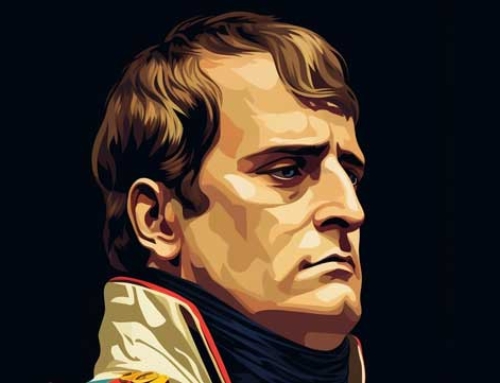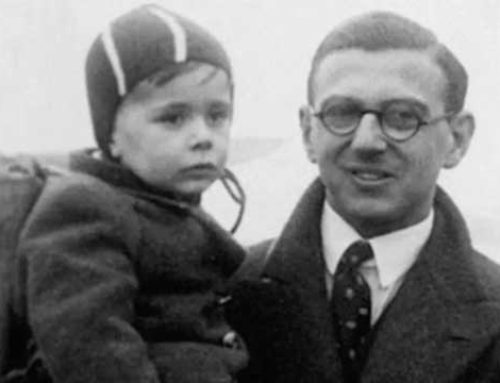Over the centuries, important diamonds have been known to contribute to salacious scandals and the downfall of dynasties, even death. Here, a few diamond tales worthy of a Greek Tragedy.
The Taylor-Burton diamond
At a New York auction in 1969, Cartier paid a record-breaking $1,050,000 for a flawless 68.4-carat pear-shaped diamond. At the time, it was the highest price paid for a jewel at auction.
The very next day, a love-struck Richard Burton purchased the stone for his wife, Elizabeth Taylor. Before Burton took possession of the stone, Cartier famously displayed it in its Fifth Avenue windows for a week, and throngs of people came to see it.
Taylor was often photographed wearing the pear diamond set in a necklace, but after the celebrity couple divorced for the second time in 1976 and Taylor married her sixth husband, politician John Warner, she decided to rid herself of the stone and all of its memories.
In 1978, the diamond was sold to New York jeweler Henry Lambert, who sold it to Robert Mouawad of Mouawad Jewelers a year later. It’s still referred to as the Taylor-Burton diamond because who doesn’t love a good romance?
The Koh-I-Noor
The renowned Koh-I-Noor diamond left a trail of death and despair throughout much of its 750-year history. The massive 186-carat stone, about the size of an egg, was traded, stolen, and passed between warring countries until it was finally presented to Queen Victoria.
In 1911, it was set into the Imperial Crown, and for good reason. The stone is believed to carry a curse that is fatal to men, and this particular crown is reserved for the royal family’s female members.
“Only God or a woman can wear it with impunity,” according to a Hindu text, circa 1306, about the cursed stone. For centuries, the stone brought tragedy and death to the numerous Mughal rulers who owned it, including Shah Jahan, who built the Taj Mahal. He had the prized diamond and placed it into his famous Peacock Throne.
Sadly he wouldn’t enjoy it for too long—Jahan was overthrown and imprisoned by his own son.
The Black Orlov Curse
When a monk stole the enormous Black Orlov diamond from the eye of a Hindu statue of Brahma in the 19th century, locals believed the gods had cursed it.
Legend has it that the monk was later murdered, and the stone disappeared until 1932, when the dealer J.W. Paris purchased the diamond. He ended up jumping to his death from a New York high rise. But he wasn’t the only one.
The diamond was also owned by two Russian princesses, Leonila Galitsine-Bariatinsky and Nadia Vygin-Orlov (for whom the stone was eventually named), and both, separately and rather bizarrely, jumped to their deaths.
In 1950 Charles F. Wilson purchased the stone and cut it down to its current 67.5 carat size in the hopes that it would end the curse. Apparently, it worked.
to be continued….







